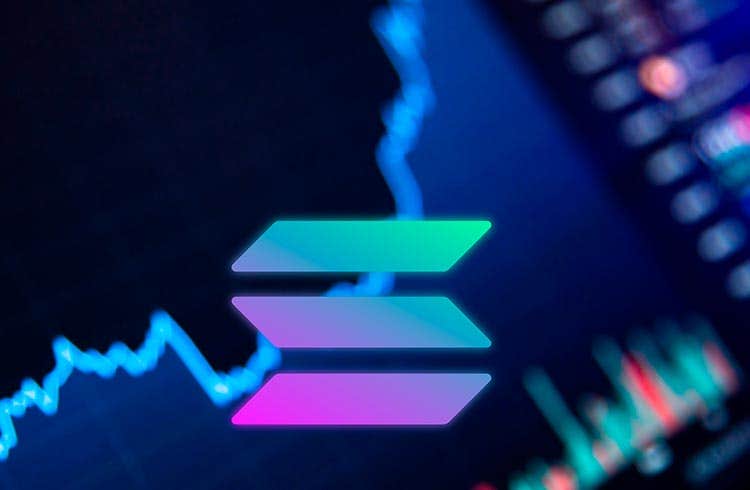When investing in stocks, the term “fair value” is often used. However, calculating this fair value for Bitcoin is not as straightforward. These approaches can help estimate the figure.
Fair value
In the stock market, fair value, also known as intrinsic or true value, refers to the objective value of an asset. It is calculated using various factors depending on the asset class. For stocks, data such as company valuations are used, with fundamental analysis playing a key role. Each stock represents a share of a company’s capital and grants proportional claims to the company’s assets minus its debts. The company’s equity is another important factor. Using this information, one can calculate the fair value of a stock, which is separate from its actual market price, as trading prices are influenced by supply, demand, and external factors.
Calculating fair value of Bitcoin
How can fair value be calculated for cryptocurrencies like Bitcoin? Unlike companies, Bitcoin has no underlying assets to distribute among token holders. According to “Investopedia”, several analysts and investors have attempted to address this question. To determine Bitcoin’s “true” value, four factors must be considered: supply and demand, network effects, expected value, and production costs.
Supply limited by scarcity
While supply and demand dynamics for stocks do not directly apply to their fair value, Bitcoin’s scarcity comes into play. Bitcoin is designed to have a maximum supply of 21 million, unlike companies that can issue new shares. The architecture behind Bitcoin ensures a fixed number of tokens will be created, with all tokens expected to be mined by 2140. This finite supply links the value of Bitcoin to its scarcity and market demand. According to Investopedia, when demand exceeds the number of newly minted tokens, the fair value of Bitcoin rises.
Viewing Bitcoin as a network
Another valuation approach considers Bitcoin as a network rather than an asset. Bitcoin’s fair value could be derived from the number of users or nodes involved in the mining process. Based on Metcalfe’s Law, which is used to measure the economic value of telecommunications networks, the value of a network is proportional to the square of the number of users. In this case, the fair value of Bitcoin increases as its user base grows.
Expectation of Future Potential
When comparing Bitcoin to investments in stocks or bonds, one cannot overlook expected value. In the stock market, expected value refers to the discounted value of future payouts, such as dividends or interest. Since Bitcoin does not offer such payouts, its expected value is based on the potential for future growth in blockchain technology. This is similar to evaluating tech startups that have yet to turn a profit. According to Investopedia, the expected future value can help determine Bitcoin’s current fair value.
Production costs matter
Finally, production costs can also provide clues to Bitcoin’s fair value. As with commodities like oil and silver, Bitcoin’s price can be tied to its production costs. Competition among Bitcoin miners can lower the price, similar to how producers of raw materials might reduce their prices. However, unlike raw material producers who can increase production with demand, Bitcoin’s mining rhythm is fixed, and the rate at which new blocks are generated cannot be adjusted. As mining becomes more expensive, production costs can give a reliable indicator of Bitcoin’s price trajectory over time.
Volatility makes calculation difficult
Bitcoin’s unique status makes it difficult to determine its exact fair value. Even when taking the aforementioned factors into account, Bitcoin remains one of the most volatile assets on the market, according to Investopedia. While there are no guarantees of success, getting closer to Bitcoin’s fair value can help better understand the market.
- Michaël van de Poppe: Bitcoin to Hit $500,000 This Cycle? 🚀💸 Or Just Another Crypto Fairy Tale? - December 21, 2024
- What is the Meme Coin Bonk, Price Predictions 2025–2030, and Why Invest in BONK? - December 18, 2024
- BNB Price Analysis: 17/12/2024 – To the Moon or Stuck on a Layover? - December 17, 2024

























